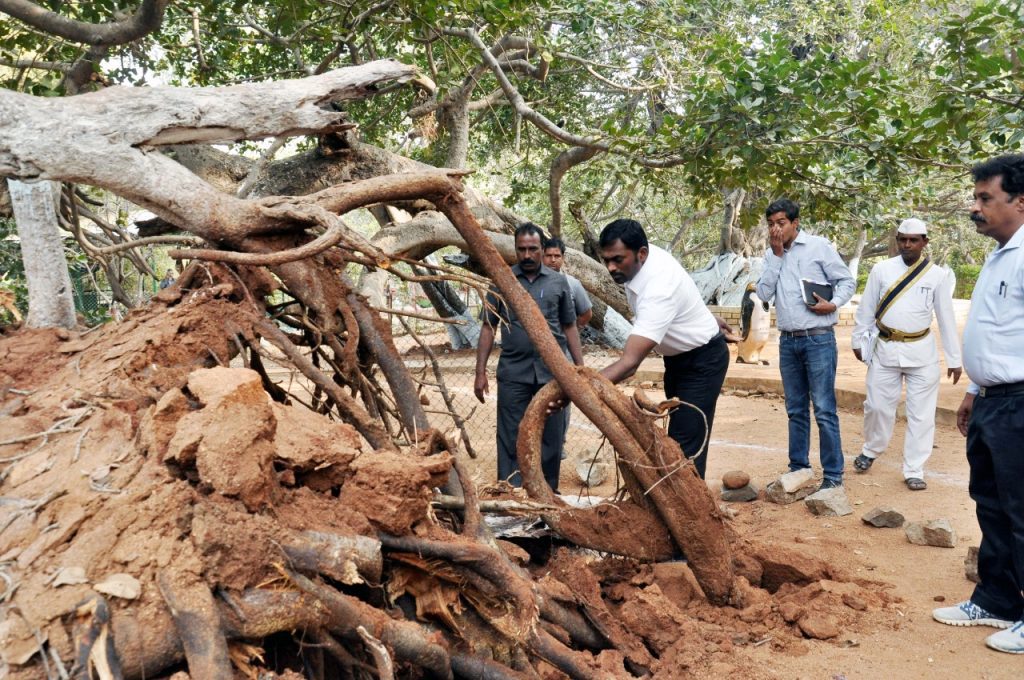The tree is the world’s second-largest, and India’s largest banyan tree. It’s 700-year old, and therefore going through what all living entities go through- old age and death. But the District Collector of Mehboobnagar, Mr. Ronald Rose thought otherwise. He decided to do something about this grand old tree which for centuries has been mesmerizing to onlookers. Spread out in three acres, it’s also a major tourist attraction in the Pillimarri area of Mehboobnagar, where it is situated.
In an exclusive conversation with Indian Masterminds, Mr. Rose revealed the process of how he saved the tree, as also his achievements from his stint as the collector of Nizamabad and Medak.
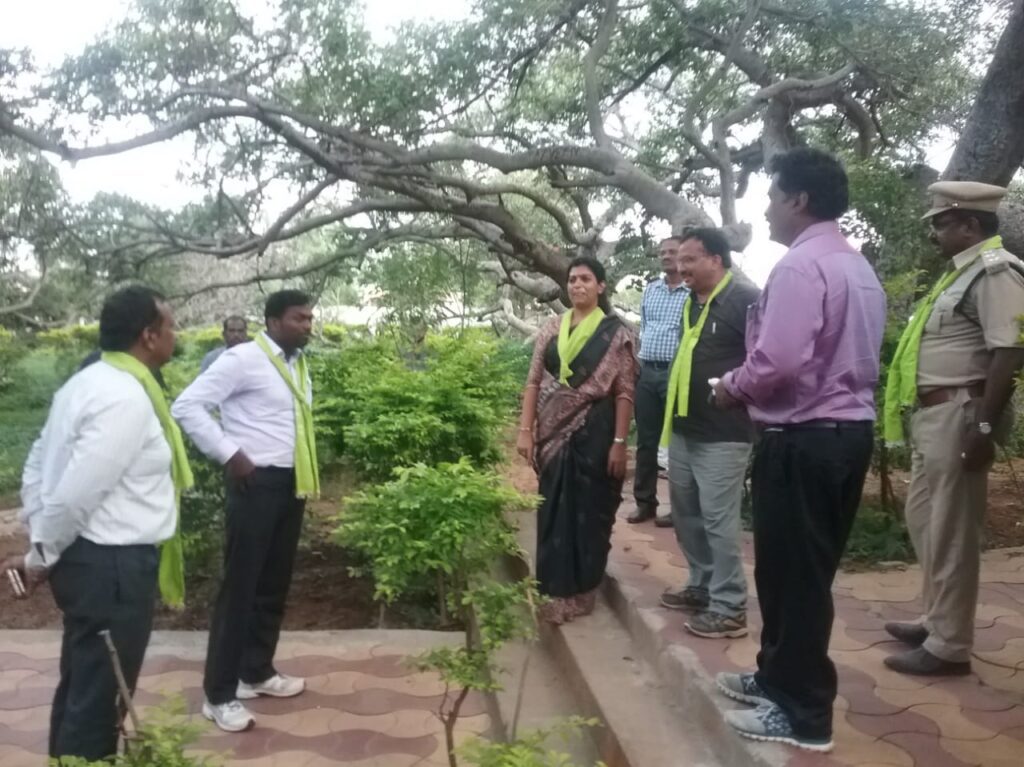
REVIVING THE PRESTIGE OF TELANGANA
A major landmark of the region, people come from all over and gush at the majestic existence of the tree. Naturally, amongst peaceful tourists, one can also find the more destructive kind. People started writing their names and climbing on the branches. They started swinging on the shoots, thereby weakening them.
“In December 2018, due to a lot of termite attacks and the vandalism done by tourists, the tree got damaged and one big chunk of the tree fell out. We tried reviving that chunk but we couldn’t. So we decided of closing down the whole area. No visitors were allowed near the tree, and we started treating it.” disclosed Mr. Rose.

PROCESS OF REVIVAL
The first step that went into rejuvenating the tree was the treatment of termites. The officials, under the supervision of Mr. Rose, prepared a solution out of a pesticide called Chlorpyrifos and sprayed it with pressurized pumps on the branches. The chemical was also injected into the trunk, but the liquid kept oozing out and did not work.
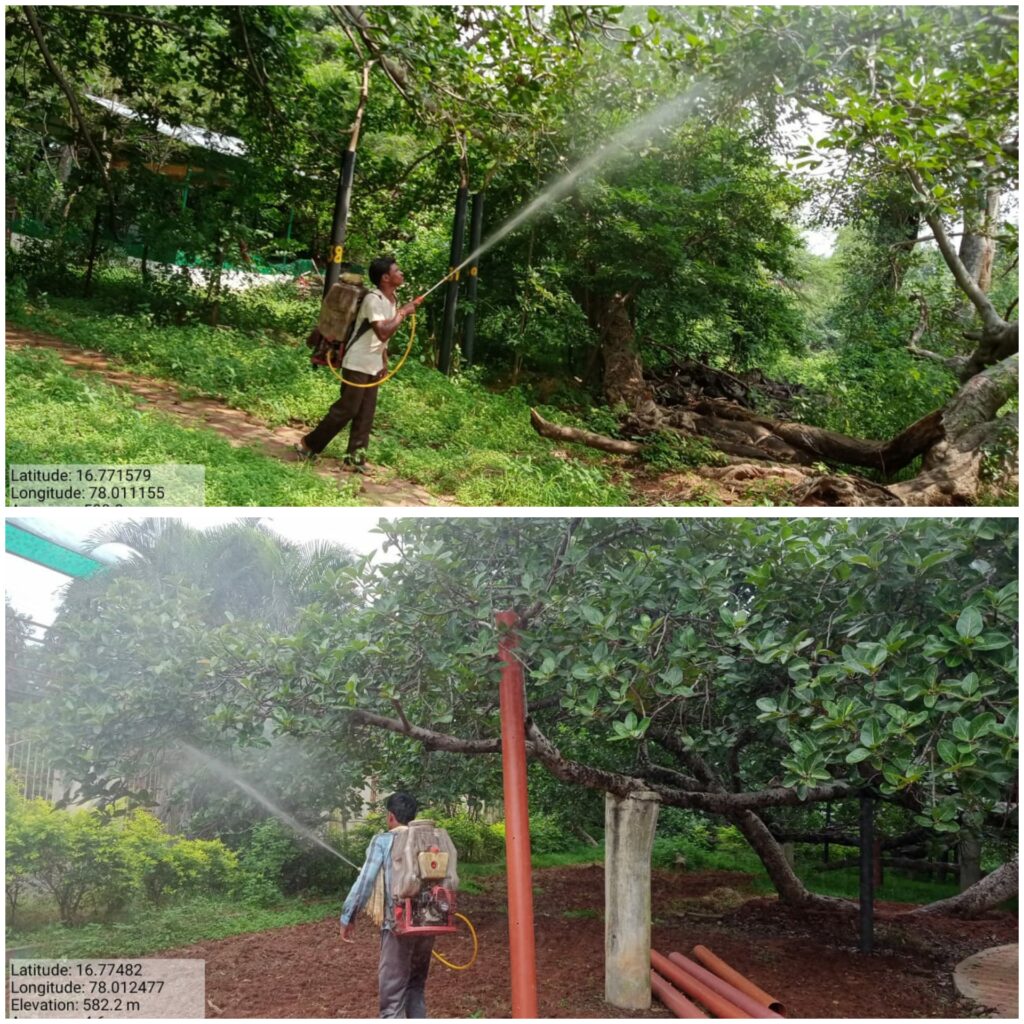
Mr. Rose came up with another idea immediately. He put saline bottles on the tree so that the chemical could go in drop-by-drop and would not ooze out. “It worked!,’’ said Mr. Rose, adding, “simultaneously we were also treating the tree with organic manure and pesticide. We then identified and segmented the tree into three parts, and documented each shoot coming down from the branches.”

In order to treat the shoots, they put small pipes filled with organic, rich mud called ‘cocopeat’, and then the shoot was trained into that mud. “This way the shoot grew very quickly and came to the ground, which gave a lot of support to the tree. We prepared a canopy for the people to be around, near the tree and they could take photographs from there. But the public was not allowed to go anywhere near the tree,” Mr. Rose told Indian Masterminds.
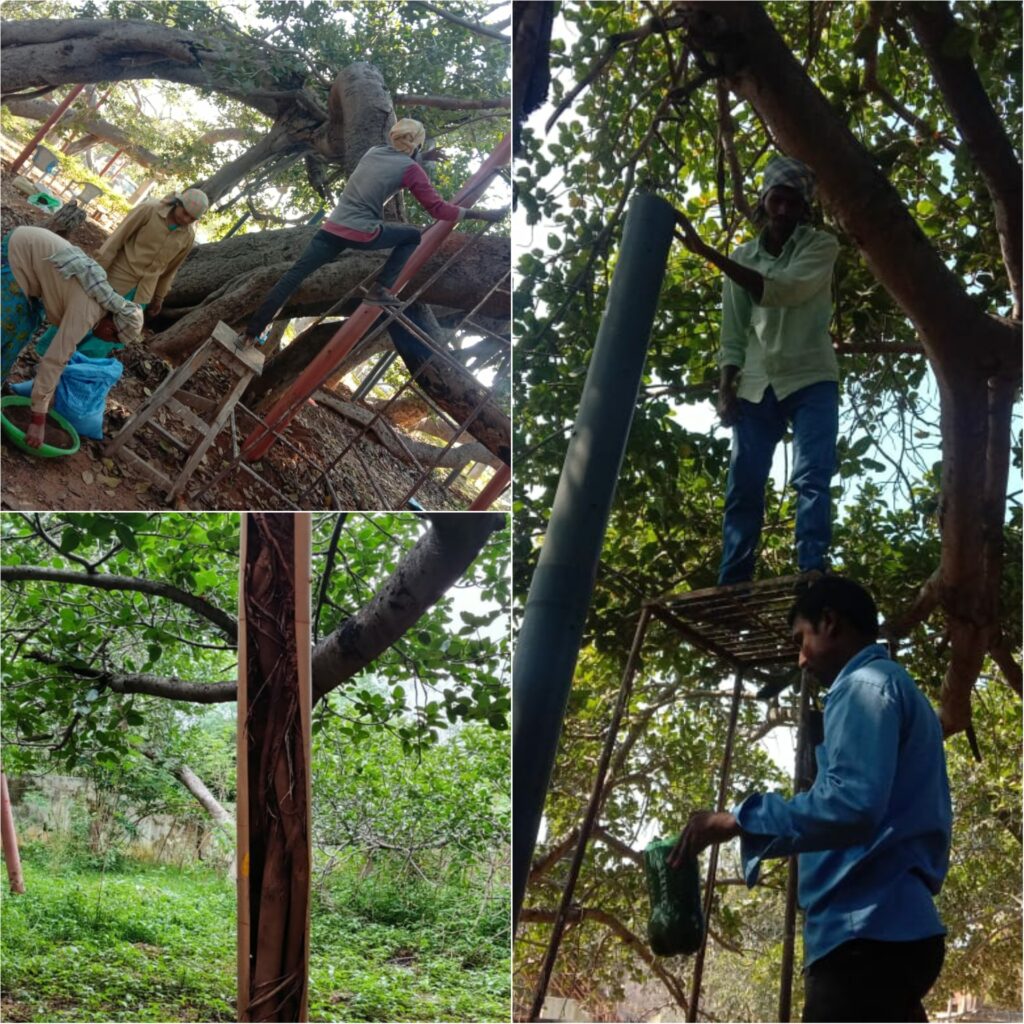
THE RESULT
It took 3-4 months for the shoots to touch the ground and today, various new shoots have also sprouted up. “We started with the operation in December 2018 and by March-April 2019, new shoots were created. By now, most of them have been well established in the ground. Everyone volunteered in the reviving process, so things went smoothly,” says Mr. Rose. So this is how this grand old giant got a second lease of life. Mr. Rose, of course, has also been active on many other fronts.
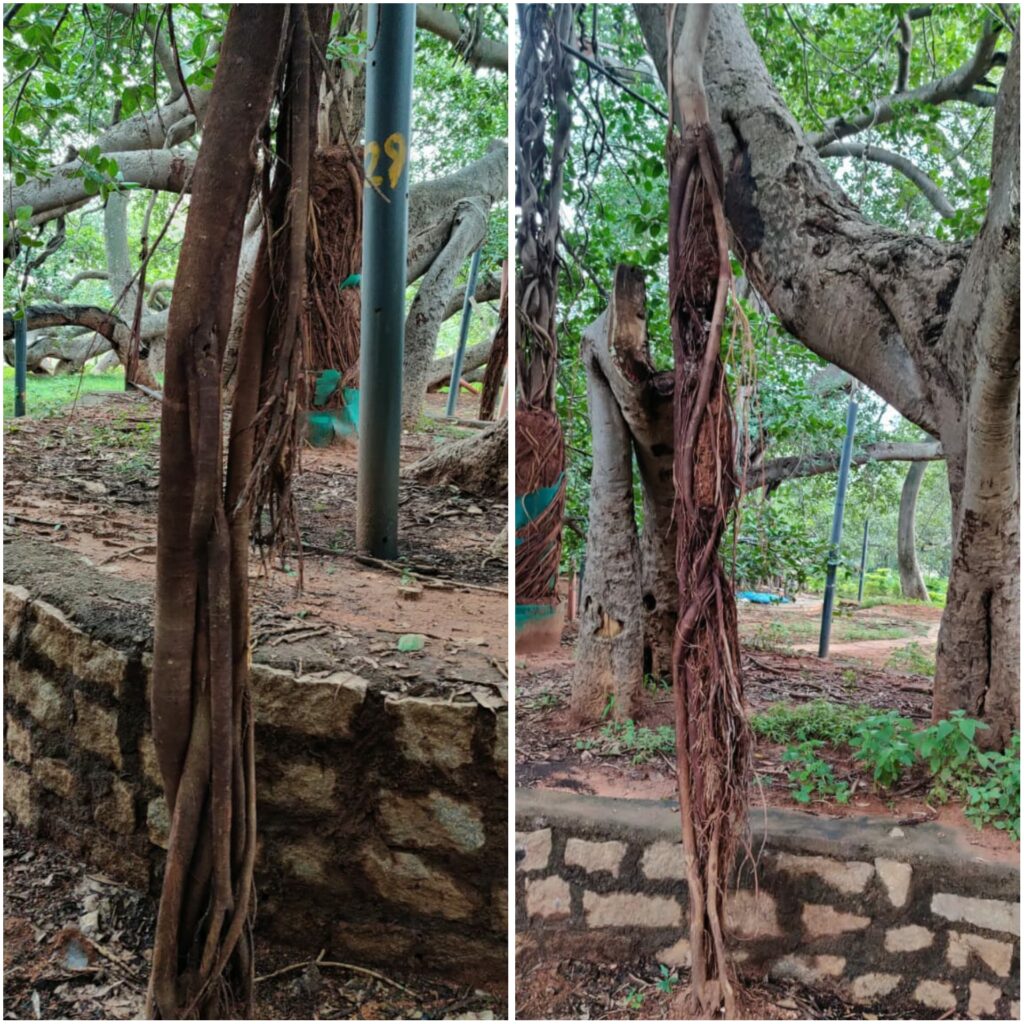
MAKING NIZAMABAD OPEN-DEFECATION FREE
Under the `Swatch Bharat Yojna’, brought out by Prime Minister Mr. Narendra Modi, Nizamabad went through major changes, and all the credit goes to the residents of the district as well as the hard work by Mr. Rose. Along with the community, the administration took the initiative of constructing public toilets. “Every village was asked to come forward and contribute as much as they could. With the ‘Swatch Bharat’ fund of Rs. 12000 for each toilet, a bulk purchase of material was made, thereby beginning with the construction of toilets and ultimately making the district Open-Defecation free,” said Mr Rose. Along with the toilets, the officials also got constructed bathrooms with a 6×4 sq. ft. model.

MAGIC PITS FOR MEDAK
During his tenure from 2016-2018 in Medak, Mr. Rose started the initiative of constructing individual soak pits named ‘magic pits’ in each household, wherein the water coming out of the kitchen and bathroom will get harvested in the pits. “In this way, none of the water will come on the street, so within 15 days all the drains dried up, eliminating the mosquitoes from the area. This also helped us in recharging old wells or bore wells in the district. This move has prevented the wastage of water since normally it simply gets drained out in the street.

“But now the water drains deep in the ground, thereby reviving old dried up wells ,” Mr. Rose said.
This initiative of Mr. Rose was appreciated so much by the government that other states too adopted the method.

